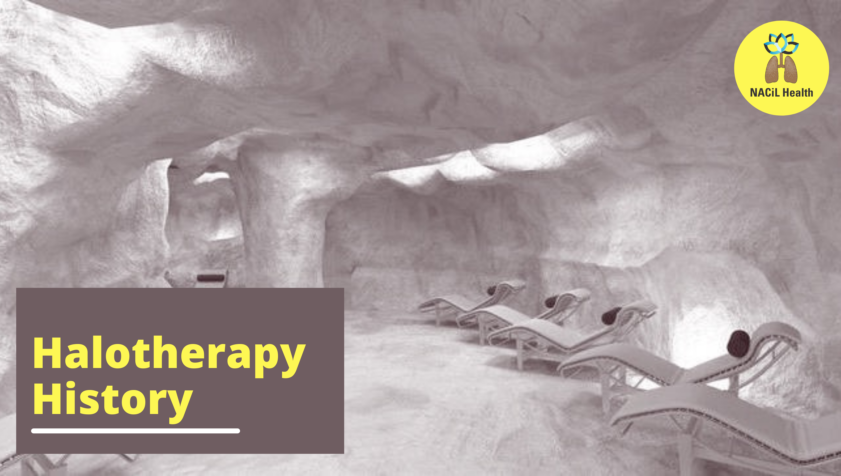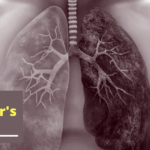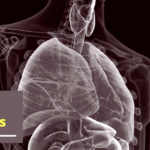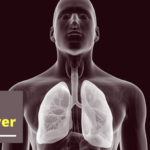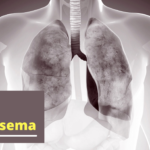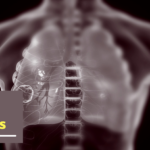Halotherapy aka Salt therapy has its origins from the salt mines and caves of Eastern Europe. Modern dry salt therapy has its origins from the salt mines and caves in Europe and Russia. As the workers were mining the salt (through chiseling, grinding and hammering at the salt), micro-sized salt particles were being disbursed into the air.
Additionally there were ideal conditions below the Earth’s surface where air pressure and circulation, and humidity and temperature affected the quality of the environment. In this environment, miners were receiving many natural health benefits by breathing in the salt particles. Considering that mining jobs were usually recognized as dangerous to life and health, salt miners seemed to thrive on good health. They rarely had any respiratory issues and also looked younger due to great skin appearance.
Upon studying the effects of this phenomena, Dr. Feliks Boczkowski, who was not only a great doctor but also a very smart business man, founded and opened the first health resort facility at the Wieliczka Salt Mine in Poland in 1839. He offered salt baths by utilizing natural brine from underground and mentioned in his book, that staying underground can be even more effective in asthma treatment than inhalations.
In 1949, German physician, Dr. K.H. Spannahel, who had observed during WWII that the people who were hiding in salt mines and caves from the bombs had respiratory health benefits. He proposed the creation of the Klyutert cave as an inpatient department to conduct a systematic approach to observe the climatological conditions and confirm the medical effectiveness of underground environments.
The results of these studies, along with the teamwork of the Hungarian geologist, Dr. H. Kessler, laid the foundation of modern Speleotherapy, which is a modality utilizing the environmental benefits occurring underground.
In 1958, Professor Mieczyslaw Skulimowski became the official physician of the “Wieliczka” Salt Mine and started regular treatment of patients in the salt chambers, initiating a new field of medicine – Subterraneotherapy, also called the Skulimowski method, which refers to underground “salted” environments exclusively.
Shortly thereafter, in 1964 the world’s first facility of its kind, the underground “Kinga” Allergy Treatment Spa was created in the “Wieliczka” Salt Mine in Poland, then renamed to the “Kinga” Health Resort Hospital, where Professor Skulimowski became its first Director and focused on helping people with mostly respiratory conditions as well as explored other overall health benefits. His methods proved to be successful and spread to neighboring salt mines and caves in Europe as well as to former Soviet Union states. In 1968, the first speleo-hospital was opened in the Solotvyno salt mine in Ukraine.

